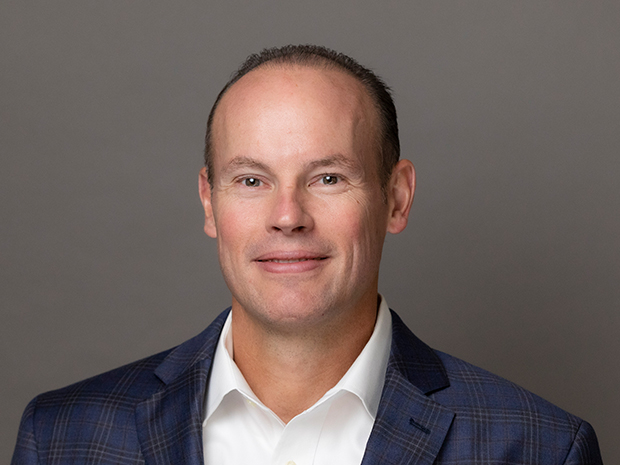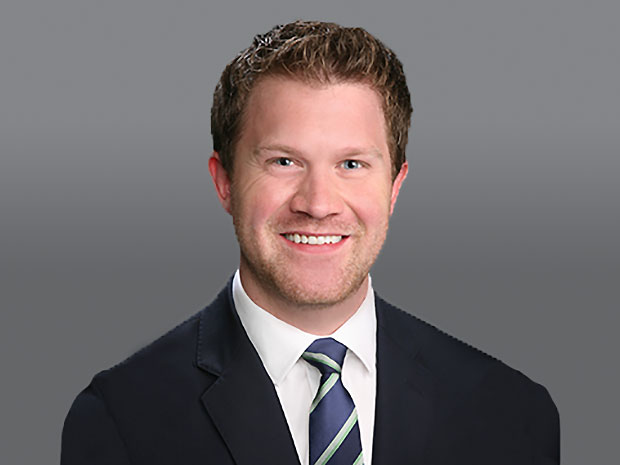Just prior to the start of the Memorial Day weekend, the Small Business Administration (SBA) and Department of the Treasury (Treasury) issued two additional and significant interim final rules (IFR). The first of the IFR packages contains critical information for borrowers on loan forgiveness process and formalizes the mechanics of the loan forgiveness application. The second provides the SBA loan review procedures along with the borrower and lender responsibilities.
Many borrowers are nearing the end of their eight-week covered period and are starting to ask questions about the loan forgiveness process. While the CARES Act provides the minimum required documentation and the general time frame for which borrowers can expect a determination, the application itself was not available until the middle part of May. Now that borrowers have the application in hand, the IFR on loan forgiveness provides timely and necessary information to assist borrowers in accurately completing the application.
The general process to obtain loan forgiveness requires a borrower to complete and submit the loan forgiveness application to its lender. Importantly, the lender has 60 days from the receipt of a complete application to issue its forgiveness decision to the SBA. Upon submission, the SBA will remit the appropriate forgiveness amount to the lender, plus any accrued interest through the date of payment, not later than 90 days after the lender issues its decision. The SBA reserves the right to review any application for eligibility under the PPP or compliance with the required certifications.
The IFR also formalizes the computation of payroll costs described in the loan forgiveness application. Borrowers can include payroll costs beginning on either the date of disbursement of the PPP proceeds or the first day of the first payroll cycle in the covered period. The latter option is described as an ‘alternative covered period’ and is available to borrowers that have a bi-weekly or more frequent pay period. While the alternative covered period allows borrowers an administrative convenience, using the original covered period may be more beneficial and allow borrowers to capture more eligible payroll costs for forgiveness based on the effective cash basis on the front end of PPP for payroll costs and accrual basis on the back end, provided that costs incurred for payroll are paid on or before the next regular payment date. This accrual on the back end also obviates many borrowers’ concerns that short pay periods may have to be executed to ensure costs were includable in the loan forgiveness amount.
Perhaps more important than the covered period and alternative for payroll costs is the clarification by the SBA that commissions, bonuses or hazard pay are considered payroll costs as long as they are paid to employees during the covered period (or earned during the period and paid on or before the next regular payment date after the covered period). Borrowers should monitor such payments to determine whether the total compensation is above $100,000 on an annualized basis. This position is welcomed by borrowers as there were considerable questions surrounding bonuses and other increases to compensation during the covered period.
Another compensation related item that has been answered are the limits and restrictions on owner-employee and self-employed individuals compensation. Owner-employees and self-employed individuals should be cautious about considering retirement and health care contributions as part of their payroll costs. The SBA limits cash compensation for these individuals to the lesser of 8/52 of the 2019 compensation or $15,385 per individual in total across all businesses but there are differences between the treatment of ‘owner-employees’ (which appear to include employees who are owners of C corporations and S corporations) and ‘self-employed’ individuals (which include Schedule C filers and general partners). An owner-employee borrower cannot claim a 2020 payroll cost that is more than the 2019 employer retirement or health care contributions for the owner-employee. Self-employed individuals cannot claim any forgiveness amounts for retirement or health insurance contributions as these expenses are paid out of self-employment earnings (which is already counted as part of the 8/52 maximum compensation forgiveness amount). As an example, a C corporation makes a profit-sharing contribution to a qualified retirement plan for employees and owner-employees in May of 2020. The company did not make a profit-sharing contribution to employees and owner-employees in 2019. The company likely cannot include the 2020 profit-sharing contribution for the owner-employee (but can count the contribution for the employees in 2020).
The guidance also illustrates some non-payroll costs including electricity bills that were paid during the covered period, but the service period was prior to the covered period. Borrowers will welcome this guidance that looks at amounts paid during the covered period for these non-payroll costs.
The remainder of the first IFR provides guidance on the various loan forgiveness reductions. As many borrowers are aware, the statute provides an exception for FTE reductions or salary/wage reductions between Feb. 15, 2020 and April 26, 2020 if such FTEs or compensation is restored as of June 30, 2020. The SBA and Treasury also formalize the rehire de minimis exemption allowing a borrower to count an employee as rehired if the borrower made a written, good-faith offer that meets certain criteria, even if the employee rejects such offer. Also formalized is the FTE reduction exemptions for employees that, during the covered period, are terminated for cause, voluntarily resign or voluntarily request a reduced schedule. A borrower can count such employee at the same FTE level as before the reduction event.
New items in the guidance provide that an FTE is an individual that works 40 hours or more per week versus the 30 hour standard and provides an exemption from the salary/wage reduction if the salary/wage reduction is attributable to an FTE reduction. Effectively, this means a borrower is not doubly penalized if the salary/wage reduction is simply a function of reduced hours versus an actual reduction to the hourly wage
Overall, the first IFR formalizes much of what was gleaned from a review of the loan forgiveness application and adds some additional explanation items, such as the owner-employee payroll restrictions.
The second IFR released provides information to borrowers on the SBA review process of individual loans. The SBA states that it will review whether a borrower was eligible, based on the SBA rules and guidance available at the time of the loan application; the loan amounts and use of proceeds; and the loan forgiveness amount.
Borrowers that have their loans reviewed will have the opportunity to respond to the SBA’s question in a review and if the SBA determines that a borrower is ineligible, the SBA will direct the lender to deny the loan forgiveness application. The SBA may also seek repayment of the outstanding PPP loan balance or pursue other available remedies. The guidance also provides that the SBA will issue future guidance on how a borrower can appeal the SBA determination.
Finally, the IFR provides what a lender must confirm and collect from the borrower to perform its good-faith rule as well as the timeline of review along with procedures should the lender determine a borrower is not entitled to forgiveness in any amount.
Overall, the second IFR is useful in giving borrowers more insight into the SBA loan review process but does not provide the criteria the SBA will use to determine the economic uncertainty certification. Many borrowers are still looking for this guidance.




